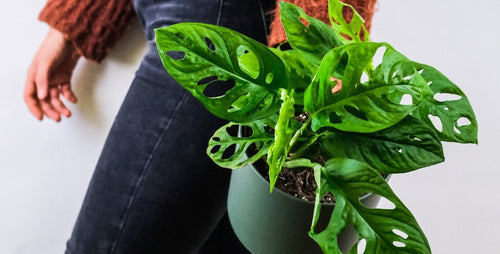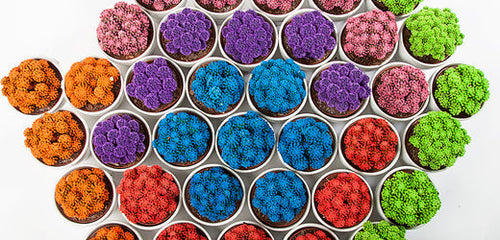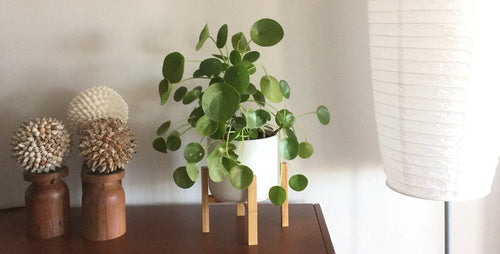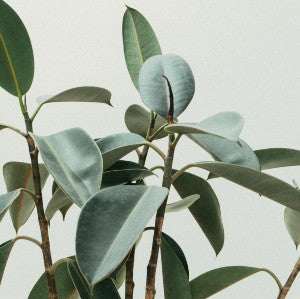
Scale is an insect pest that attacks indoor and outdoor plants. Like other plant pests, scale likes to dine on the juices found in plant leaves. There are lots of different types of scale insects. The University of Wisconsin Extension Service reports that there are about 8,000 species of scale.
Scale can come in different colors, shapes, and sizes, but most will appear on houseplant leaves and stems as small, brown, rounded lumps. These tiny insects are related to aphids and whiteflies, but they have their own distinctive look. As their name suggests, they have a little dome covering that looks like a fish scale. They vary in size from 1/16th (super tiny, as small as a pinhead) to ? inches across.
Look for scale on leaves and stems
These little suckers are called scale because if a lot of them attach themselves to a leaf or stem they look like scales on a fish. Michelle Opela, manager of IPM at Costa Farms, has a simple word for scale: “Ugh,” she says. “Scale gives me the heeby jeebies,” she admits. This is something coming from someone who sings the praises of beneficial insects and isn’t squeamish around insects in general. Michelle has only had scale once while raising her extensive houseplant collection of more than 300 plants.
“I could not get rid of the scale,” she confesses. “I ended up resorting to desperate measures. I tried to scrape them off. But I could not get rid of them. They gross me out,” she admits. “It’s like plant pimples,” says Michelle of their domelike presence on a stem.
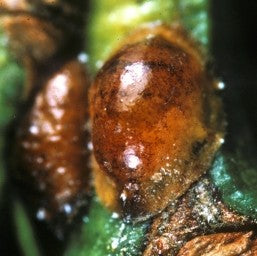
The good news is…
According to Michelle, the good news is that scale insects are not fast reproducers and chances are if you discover scale, your plant isn’t going to be overwhelmed by it. “It takes a lot of scale to kill a plant,” says Michelle. “They don’t take down a plant as quickly as spider mites can,” she says.
And scale insects are host specific, which means that while one scale species might like to dine on a ficus, the same scale may not be interested in the other plants in your home. The bad news is that scale is relatively hard to get rid of. ”They are really tricky because they are tiny and super good at camouflage,” says Michelle.
If you spot scale…
So what happens if you find scale on a plant? Quarantine it immediately, says Michelle. That’s good advice for anytime you find a plant pest on a houseplant. “Get that plant away from your other plants,” she says. Justin and Michelle, in their PlantRx podcast, suggest a one-two punch for ridding plants of scale. Michelle says to start with a systemic insecticide. A systemic is applied to the soil and the plant takes up the insecticide when it takes up moisture. This makes the plant, in effect, poisonous to scale. (Make sure you choose a systemic insecticide that specifically treats scale.) Justin recommends following up by applying alcohol with a cotton swab directly to the scale. Just dab it on.
But Michelle and Justin admit that getting rid of scale is really hard. “I don’t want to guarantee that will solve the problem entirely,” says Michelle. The best course of action is always to catch an infestation before it happens. And as with all insect pests, correct identification and treatment of the specific species is key. To learn more about identifying and treating other common houseplant pests, see these stories
. Spider mites Aphids Mealybugs White flies PHOTO: United States National Collection of Scale Insects Photographs, USDA Agricultural Research Service, Bugwood.org










